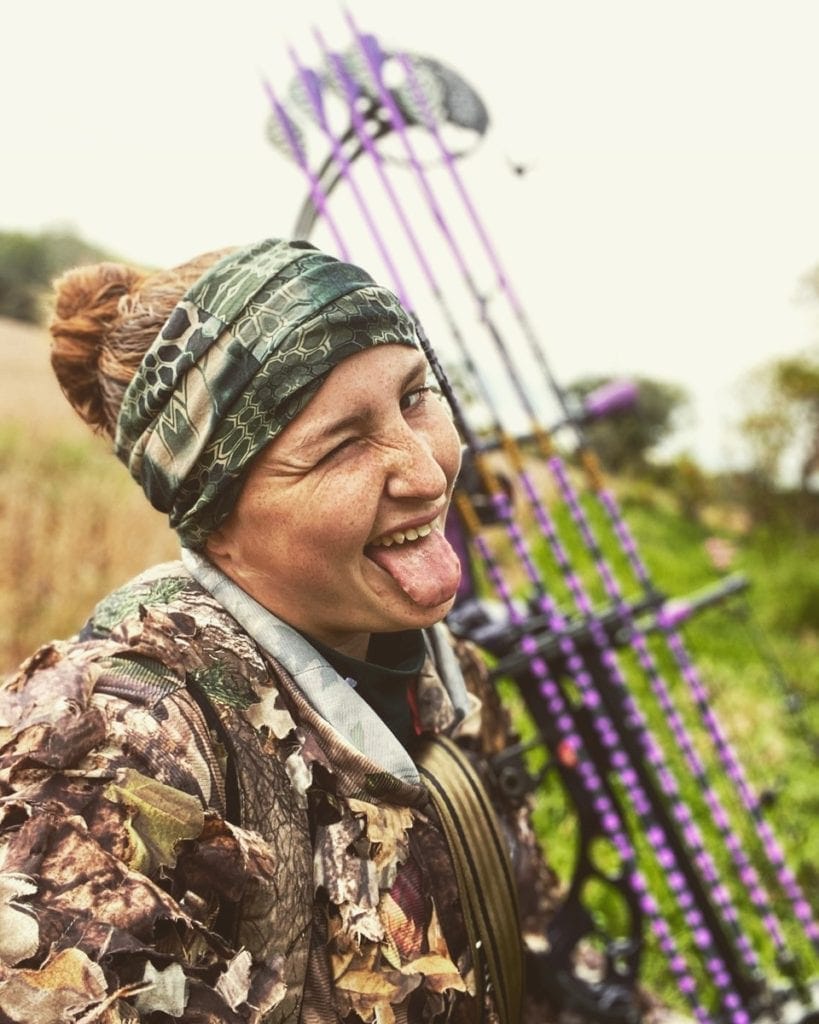Archery is a sport that requires patience, focus, and skill. Whether you're a beginner or an experienced archer, there's always room for improvement. In this guide, we'll provide you with step-by-step tips and techniques to help you become a better archery shooter and improve your accuracy.
As a relatively new archer, I find myself learning new things about my archery practices every time I release an arrow. I first picked up a bow in 2016, and since my first shot, I've been hooked. The bow wasn’t anything special, an old (1990s era…maybe earlier) Browning compound bow that I found in my parent’s basement. The sights were loose, the limbs rattled, and there was absolutely no let-off of draw weight. However, we got the limbs, cables, and string checked, and within a few weeks and a dozen new arrows later, it was time to shoot.
I was a self-taught archer at first until a couple of other people joined me in my new outdoor journey and helped me fine-tune my shooting practices. That said, here are a few pointers I can offer from my journey in bow-hunting thus far.

Tips for New Archers
Purchase a bow and target.
You’ll need a bow (obviously). My biggest suggestion is to visit your local bow dealer. They are the subject matter experts and should be more than willing to help fit you with the perfect bow for your needs. A compound bow requires a lot of individualization to best suit your draw length, poundage you pull back, let-off poundage, the weight of the bow, and all the other accessories (arrow rest, types of arrows, etc…). I am not here to tell you what brand of a bow to look for; it’s all about which bow fits YOU best. An archery dealer with a wide variety will help you immensely.
The other up-front purchase you will need to make is a target. It doesn’t have to be anything fancy; a regular block target will do.
{Top Female Archers: Bowhunting Ladies to Follow on Instagram}
Master the basics of proper form.
Proper form is essential for accurate and consistent shooting in archery. Start by standing with your feet shoulder-width apart and facing the target. Your bow arm should be extended straight out in front of you, with a slight bend in the elbow. Your other hand should be holding the bowstring, with your fingers positioned correctly on the string. Keep your shoulders relaxed and your back straight. As you draw the bowstring back, keep your elbow high and your wrist straight. Finally, aim at the target and release the arrow smoothly, without jerking or twisting your body. Practice these basics until they become second nature, and you'll be well on your way to becoming a better archer.
Practice, practice, practice.
Practice makes permanent. Yes, you read that right. Not every single shot will be perfect at first (or ever). It takes time. However, the way you practice makes for permanent shooting habits, increasing your chances for success with each shot. After getting your bow sighted in, shooting accurately requires further skill. Breath control, keeping the bow level, not pulling during release, and placing the “kisser button” and sights in the same place every time are essential to consistency. Target practice is what sets the stage for every possible shot you might take in the woods. Angle your target, place it at multiple distances, and even practice shooting in different positions such as sitting and standing.
Archery Practice at Home {{Can You and How To}}
I admit, I tend to slack in the off-season. But the bottom line is, consistent practice is the key to accurate shooting. It allows you to identify bad habits and areas that need improvement, and build both physical strength and muscle memory. For a little extra shooting fun, you may be able to find a location near you that offers 3D archery courses or video archery. Joining an archery league has also benefitted many beginning archers by building their strength, confidence, and shooting technique.
Learn to adjust for wind and other environmental factors.
One of the biggest challenges in archery is learning to adjust to environmental factors like wind, rain, and sunlight. Wind can be particularly tricky, as it can cause your arrow to drift off course if you don't compensate for it. To adjust for wind, aim slightly to the side of your target in the direction the wind is blowing. The amount of adjustment will depend on the strength of the wind and the distance to your target, so it's important to practice in different conditions to get a feel for how much adjustment is needed. Similarly, you may need to adjust your aim if you're shooting in bright sunlight or low light conditions. Experiment with different lighting conditions to find the best approach for each situation.
Fine-tune your technique with advanced drills and exercises.
Once you have mastered the basics of archery, it's time to fine-tune your technique with advanced drills and exercises. One effective drill is to shoot with your eyes closed, which can help you focus on your form and muscle memory. Another exercise is to shoot from different positions, such as kneeling or sitting, to improve your balance and stability. You can also practice shooting at different distances and targets to improve your accuracy and precision. Remember to always prioritize safety and use proper equipment when practicing advanced drills and exercises.
I am not an expert when it comes to archery, but I am learning and growing with each shot I take, whether at a target or live game. It can be frustrating at times and might seem as though reaching consistency is impossible. However, persistence and even going to others for help with the technique will only make you better. All you have to do is take the first step, buy a bow, and start putting in your reps.
What are your best tips for new archers?
Miss Pursuit is a participant in the Amazon Associates Program. Miss Pursuit may earn a small commission for our endorsement, recommendation, testimonial and/or link to any products or services from this website. Your purchase helps support our work in bringing you real information about hunting and the outdoors.





5 thoughts on “Mastering Archery: A Guide to Becoming a Better Shooter”